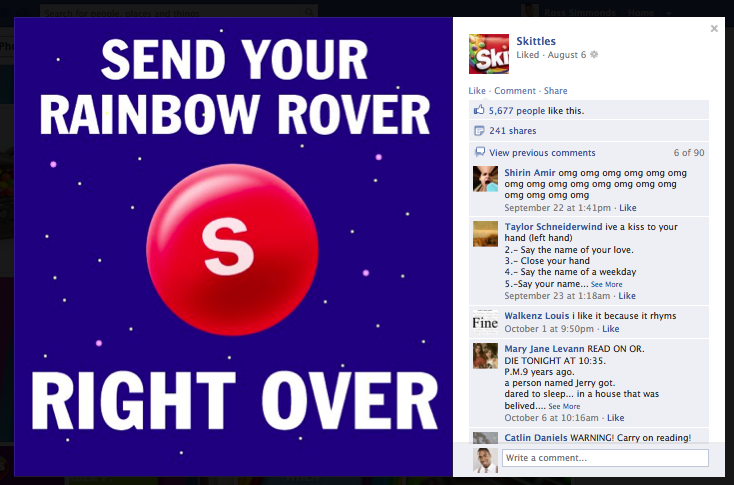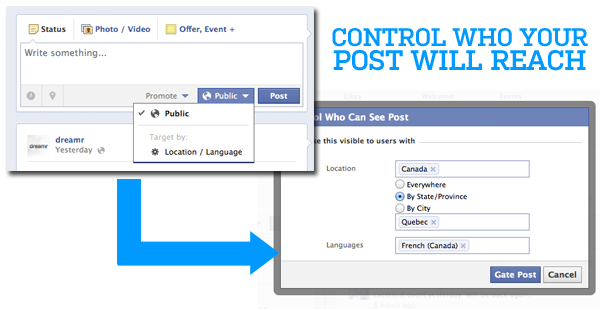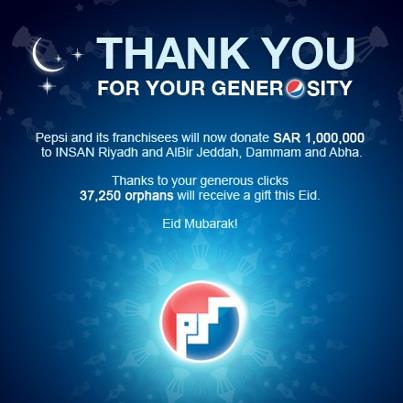Have you ever seen a status update from a brand with hundreds of shares? You know, one of those clever images that play off of something that happened recently in the news or was going viral on sites like BuzzFeed or YouTube. These kind of updates are happening more and more. Companies are using them to get an instant spike in their levels of engagement and ultimately grow their brand by injecting its personality into real world events.
The following is a post from Skittles just a few days after Rover landed on Mars. It was shared more than 200 times and generated Skittles WAY more than 10,000 impressions.

Now think about the last status update you wrote for your brand. Did your post go up and receive far less shares or even likes than you expected?
Don’t be discouraged. Uninteresting and self centered posts happen all the time on social media. You see them on Facebook, Twitter and even on Google Plus.
The reality is, most status updates won’t boost your number of likes or make you money. It isn’t because the status updates suck, it’s because you aren’t telling a compelling and consistent story. More importantly, the majority of these updates are focused around what instead of the why.
Here’s how you can create a status update that will actually drive likes, shares and most importantly, conversion:
Step #1: Use reactive storytelling
There is a simple insight into human behavior that many marketers don’t realize is being used by many of the top brands around the world. This tactic is what I call reactive storytelling and is something utilized in the status update found at the top of this post from Skittles. The tactic is simple yet one of the most effective and sure-fire approaches to generating a little buzz.
It’s a communication tactic that I call Reactive storytelling. It’s the intentional integration of a top of mind story or idea with a compelling marketing message that your audiences finds relevant and compelling. In the update from Skittles, they recognized that landing on Mars was a top of mind story and that clever copy “Send Your Rainbow Rover – Right Over” along with a photo of their product would spark a reaction.
The results were quite impressive. More than 5,000 likes and over 200 shares from a variety of different Facebook users. This one post would have the generated more than 50,000 impressions and that’s not including the profiles that are listed as private. Skittles aren’t the only brands using this approach.
Here’s a great example of reactive storytelling from the folks at Las Vegas Tourism reacting to Prince Harry and his over the top (epic) weekend in Sin City. Unlike Skittles, they took their story further than just a Facebook post and implemented an entire campaign around the incident. We all know the saying, “What Happens in Vegas Stays in Vegas”, it’s the mantra of the city. So when pictures of Prince Harry having a couple drinks and walking around naked surfaced the web, Las Vegas took offense to the notion that “the code” was officially broken. Here is how they told the story:
-
Launch a Microsite
Las Vegas took the idea of utilizing Prince Harry’s scandal to a whole new level with the launch of a microsite. On this site consumers have the ability to report people who violate the code through Facebook Connect. From there, users who have broken the code before or are planning to visit Vegas in the near future can take an oath to abide by the rules of “The Code”.
-
Start a Hashtag
When Vegas launched their #KnowTheCode hashtag on twitter it hit the Trending Topics within a few hours. Influencers caught the hashtag and were quickly to jump on the bandwagon and (1) show their support for Harry and (2) show their appreciation for the speed in which Las Vegas leveraged this unexpected media!
-
Create & Share Compelling Content
Facebook has confirmed that images are shared, commented on and liked 2x more often than a simple text status update. Thus, using compelling visuals that tell your story can be a great way to generate additional buzz for your concept online. Las Vegas launched this campaign with a compelling twist on the iconic “Keep Calm and Carry on” poster by adding the word Harry at the end along with the #KnowTheCode hashtag and URL.
-
Generate Earned Media
Whether it was Los Angeles Times or the Vancouver Sun, everyone was talking about the Las Vegas Marketing team when they launched this reactive campaign. The earned media alone reached more than 1 Million views and generated more buzz around the keywords Vegas on Google over the last 12 months.
So why not use responsive storytelling for your social networks? It’s an approach that has worked for Las Vegas, The Avengers, and even small businesses.
Step #2: Be creative with your call to actions
You may have a great following on Facebook and…you may have used responsive storytelling to get there. That’s great. But you can always be better.
Sparking conversations solely from sharing great content is awesome. However, sparking conversations with great content and a unique call to action is even better. Why is it better? Because it’s an easy way to increase the number of likes on a post.
After a reader sees a call to action telling them to “Like” or “Share” this post from a brand they have a relationship with, they often listen.
And after that, your content is in front of their friends. And their friends.
But don’t stop with a simple “Like this post” update. Be unique like Madden NFL and give people options that are less about you and more about them.
Call it sneaky, I call it “Like Bait”.
Step #3: Get Personal using location & language filters
If I ever had a trick that I hold close to my heart this would be it. It’s one that not many people utilize but it’s one that can be a game changer.
Boom. That’s it.
Control the reach of your post based on location or language. Sounds simple? It is. But it’s also a great way to deliver very niche and relevant messages to a specific audience. For example, do you have both Toronto Maple Leaf and Montreal Canadian Fans on your page? If so, most likely, they’ll live in the hometown of that respective team. Thus, it would be smart to target a “Go Leafs!” update specifically to people in Toronto and a “Go Canadians!” post specifically to those found in Montreal.
Another example is when you use this for languages.
Imagine translating this into Arabic and target people who have arabic listed as their language. That’s how you keep your fans.
Conclusion
Keep in mind that at the end of the day, you’re writing, creating and developing these great status updates to raise awareness and increase engagement on your page. There are tons of other strategies to generate awareness on Facebook but these three are some of my favourite tips.
If you are have a Facebook page for your brand, you have to take the time and tell a compelling story. If you don’t have the time, don’t waste your customers time by filling up their newsfeeds with boring content. Or if you are willing to spend money to tell your story effectively, hire someone to help you plan and develop compelling content.
Remember, making a viral post isn’t impossible. However, sustaining a loyal following without a compelling story is.



